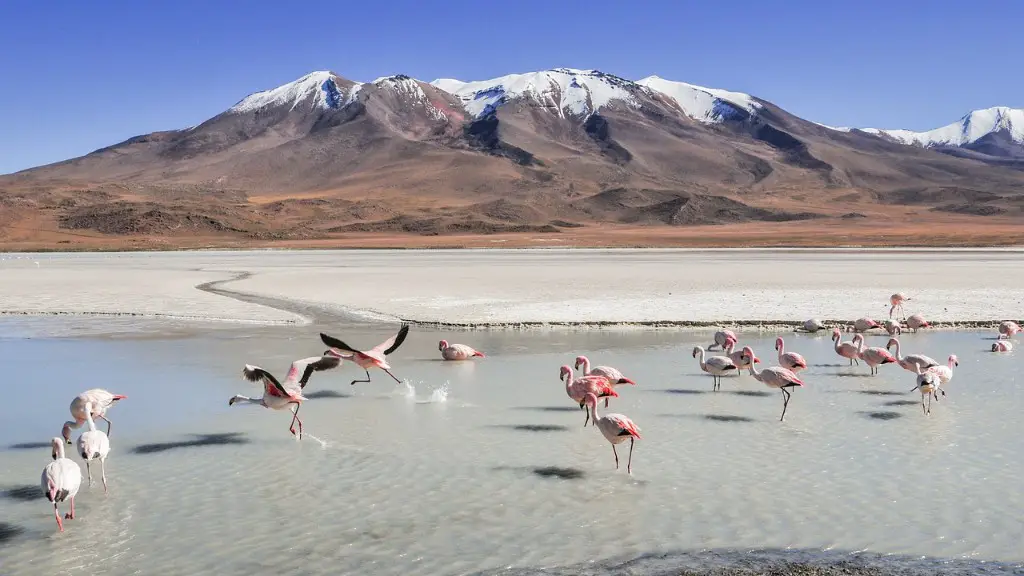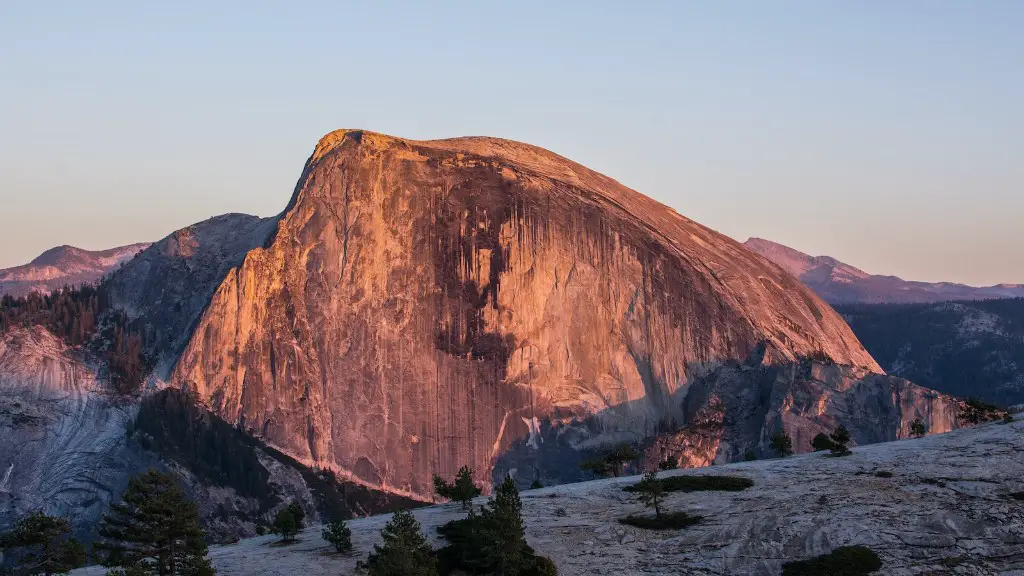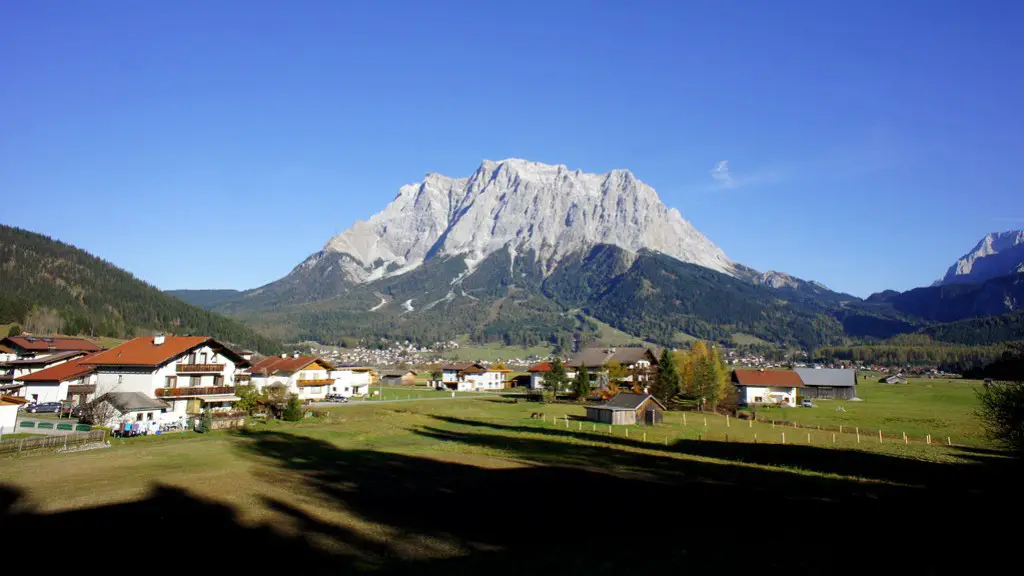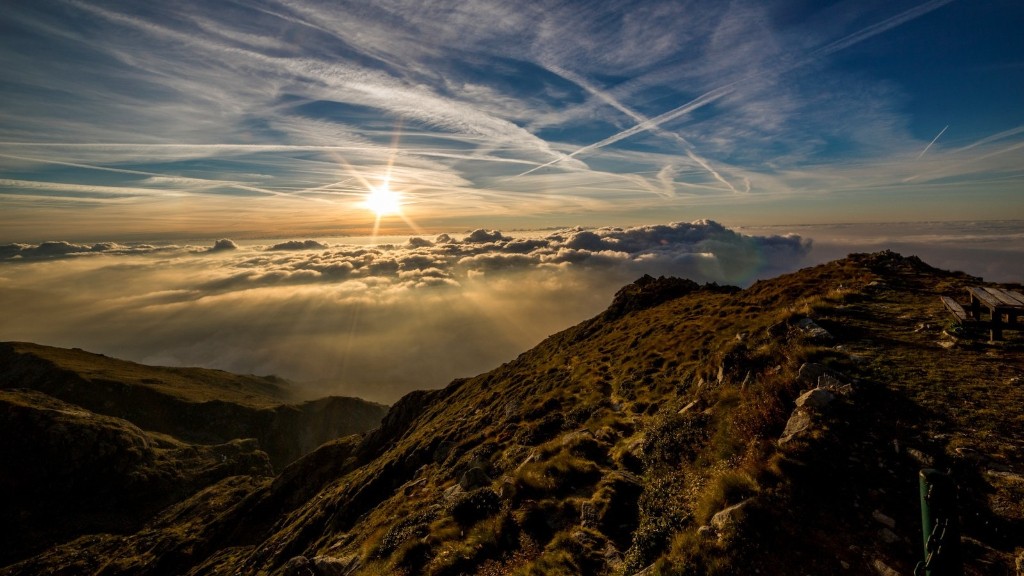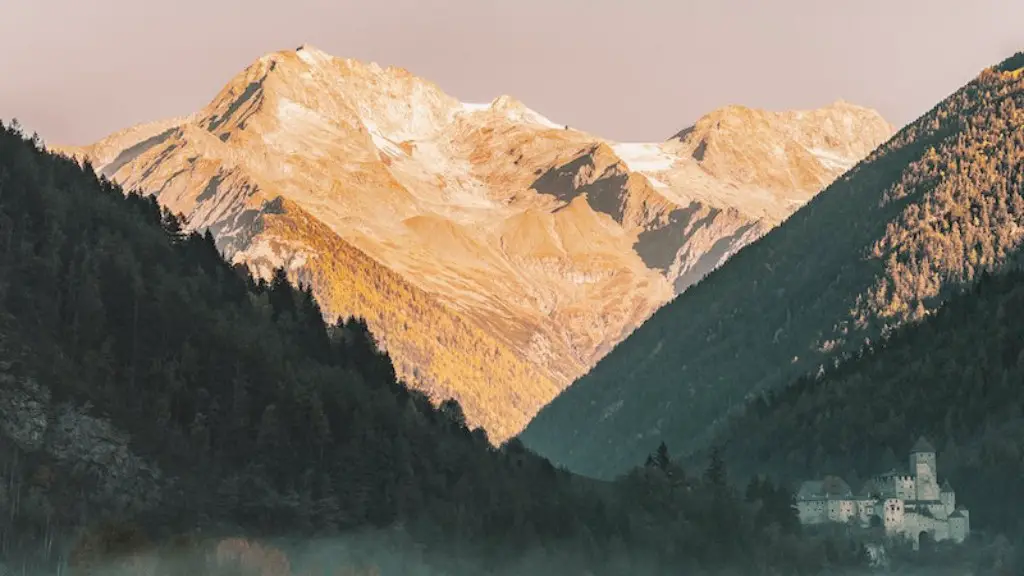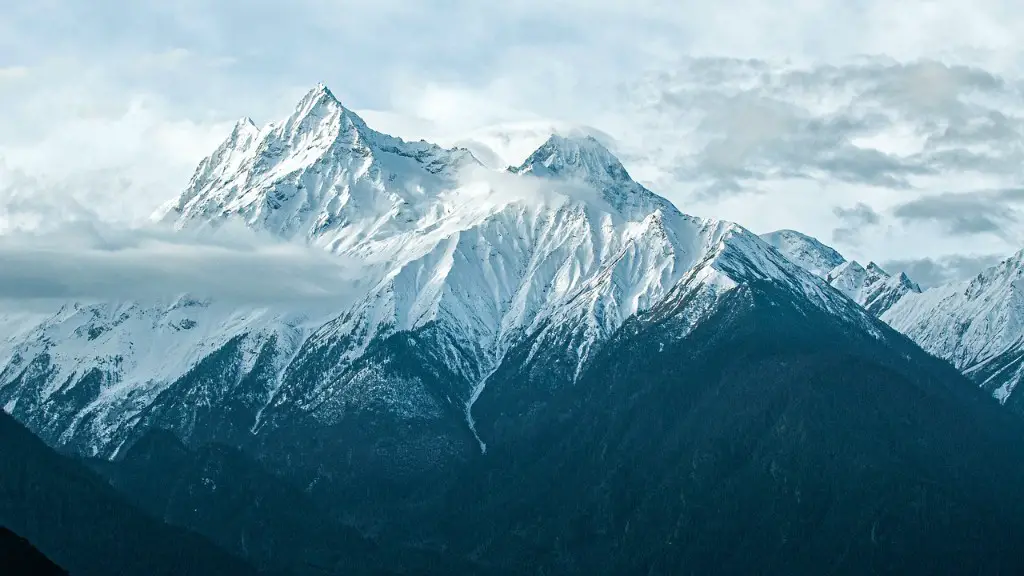Climbing Mount Kilimanjaro for charity is a great way to raise money for a cause that is important to you. There are a few things to keep in mind when you are planning your trip. First, you will need to train and prepare yourself for the climb. Second, you will need to raise money for your chosen charity. And finally, you will need to summit Mount Kilimanjaro!
There are many ways to climb Mount Kilimanjaro for charity. One way is to join an organized group trek where a portion of the proceeds goes to charity. Another way is to plan your own trip and fundraise for a charity of your choice. Whichever way you choose to do it, be sure to train hard and be prepared for the challenges of altitude and the cold weather.
Can I climb Kilimanjaro for charity?
Climbing Mount Kilimanjaro is one of the most popular tourist activities in Tanzania. The mountain is the highest free-standing mountain in the world, and its peak is nearly 6,000m above sea level. Every year, thousands of people from all over the world come to Tanzania to attempt to climb Kilimanjaro.
Now, you have the opportunity to take part in this once-in-a-lifetime challenge, and climb Kilimanjaro for charity. By taking on this challenge, you will not only be able to tick off one of your bucket list items, but you will also be helping to raise money for a good cause. So what are you waiting for? Sign up today and start training for your climb!
The cost of a Mount Kilimanjaro tour varies depending on the number of days and the type of program. The Umbwe program is the cheapest, while the Rongai program is the most expensive. Private hiking rates are also more expensive than group rates.
How to climb Kilimanjaro for free
It’s virtually impossible to climb Kilimanjaro for free. This is because you cannot climb Kilimanjaro without the company of a registered guide and porters to carry your luggage, both of who require payment. In addition to this, Kilimanjaro charges a fee for each climber that amounts to about $800 just in entry fees.
Here are five great ways to save on your Kilimanjaro climbing budget:
1. Join a group. There are often discounts available when you book as part of a group.
2. Choose a shorter route. The shorter routes are generally cheaper than the longer ones.
3. Choose budget-friendly accommodation. There are many options available, so do your research and find one that suits your needs.
4. Skip the extra charges. Many operators will try to add on extra fees for things like transfers and equipment, so make sure to check the all-inclusive price before booking.
5. Go on a Kilimanjaro day hike. This is a great way to experience the mountain without having to pay for the full expedition.
Which is harder Everest Base Camp or Kilimanjaro?
Uhuru Peak is the highest point on Mount Kilimanjaro, at 5,895 metres (19,341 ft) above sea level. Everest Base Camp, on the other hand, is only 5,364 metres (17,598 ft) above sea level. So, to reach the summit of Kilimanjaro, you have to climb half a kilometre higher than you would at Everest Base Camp – making it a more difficult climb.
Kilimanjaro is generally considered to be the harder of the two treks, mainly due to summit night. While there are aspects of the Everest Base Camp trek that are harder than Kilimanjaro, the overall feeling is that Kilimanjaro is more difficult. So if you’re looking for a challenge, Kilimanjaro is probably the trek for you!
Do you need oxygen to climb Kilimanjaro?
If you are looking to climb Mount Kilimanjaro, you should be aware that the altitude is a significant challenge. However, climbers do not need supplemental oxygen to reach the summit. The best way to acclimatize to the altitude is to walk slowly (pole pole) and sleep at a lower elevation than where you are climbing.
If you are considering climbing Mount Kilimanjaro, you may be wondering if it is possible for beginners. The answer is yes, beginners can climb Kilimanjaro, but to have the best experience, you should be aware of the conditions, seasonal climates, costs, and requirements.
One of the most important things to consider before embarking on your climb is the weather and climate conditions. Mount Kilimanjaro is located in Tanzania, near the equator. This means that the weather is fairly stable throughout the year, with only minor variations. However, the mountain itself is very high, and there can be significant differences in temperature and weather conditions between the base and the summit.
The best time to climb Mount Kilimanjaro is during the dry season, which runs from late June to early September. During this time, there is little rainfall and the temperatures are more mild. However, it is important to note that even during the dry season, there can be occasional showers.
Another important consideration is the cost of the climb. Mount Kilimanjaro is not a cheap climb, and the cost will vary depending on the route you choose and the length of your climb. There are also a number of other costs to consider,
What fitness level is required to climb Kilimanjaro
You don’t need to be super-fit to climb Kilimanjaro, but it is important to be in good physical shape. This is a trek, not a climb, and if you can run for 30 minutes two to three times a week, and enjoy all day hikes on weekends, you should be fine.
Mount Kilimanjaro is definitely worth it for the experience! The success rate for reaching the summit is around 66% which is still pretty good. And the ones we all think would do the best don’t necessarily have the highest success rate. I have read in a guide that young males between 20 and 30 surprisingly fail more than we’d expect. So don’t get your hopes up too much. But overall, Mount Kilimanjaro is a great experience that is definitely worth it!
Can inexperienced climbers climb Kilimanjaro?
One of the first questions that inexperienced, aspiring mountaineers want to know, is whether there is any technical difficulty involved when climbing Kilimanjaro. There is no technical difficulty involved in climbing Kilimanjaro. Kilimanjaro is what’s known as a “walk-up”, a trekking peak that can be done without an ice ax, ropes, or harnesses.
Summit day is the most difficult day of the Kilimanjaro hike. You will need to hike for 12 to 16 hours to reach the summit of Uhuru Peak. This is because you must hike a long way to reach the summit, and then descend a long way to reach the campsite.
Can you climb Kilimanjaro in 5 days
There are a total of six different routes you can use to climb Mount Kilimanjaro. The shortest possible way to the summit is by the Marangu or the Umbwe Route. These routes can be completed in 5 days (but we don’t recommend it for most hikers).
There are no charging stations on Mount Kilimanjaro, so it is important to charge your devices at your hotel in Moshi or Arusha town.
What is the success rate of climbing Kilimanjaro?
The average success rate for summit attempts on Mt. Kilimanjaro is 65%. This popular mountain sees approximately 50,000 trekkers every year. The research published in the Climb Kilimanjaro Guide shows that different routes up the mountain have different success rates. For example, the success rate for the Machame Route is 73%.
Despite the low chance of dying while climbing Mount Kilimanjaro, it is still important to be prepared for the worst. Be sure to have proper gear and supplies, and know your limits.
Final Words
To climb Mount Kilimanjaro for charity, you will need to raise money and awareness for your chosen charity. You can do this by setting up a Justgiving page and sharing your story with potential donors. You will also need to train for the climb, which includes fitness and acclimatisation. Once you have completed your training, you will need to book your flights and accommodation and arrange your gear. On the day of the climb, you will need to start early and be prepared for the altitude.
The best way to climb Mount Kilimanjaro for charity is to use the services of a professional guide company. Not only will they help ensure your safety while you are climbing, but they will also donate a portion of their proceeds to the charity of your choice. So not only will you be raising money for a good cause, but you will also be able to enjoy the experience of a lifetime.
